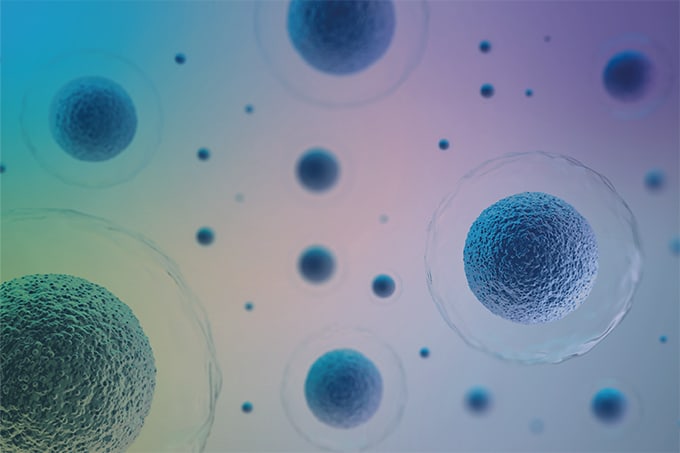
Melanoma cells can begin evading targeted therapy within hours of treatment – not by mutating, but by engaging a fast, reversible stress response. That’s the conclusion of a new study published in Cell Systems by researchers at the Institute for Systems Biology (ISB) and MIT, which combines phosphoproteomics and transcriptomics to map the early molecular shifts that precede drug resistance.
Using time-resolved mass spectrometry-based phosphoproteomics and deep RNA sequencing, the team tracked changes in melanoma cells exposed to the BRAF inhibitor vemurafenib. While BRAF-ERK signaling was quickly and durably suppressed as expected, the researchers observed that melanoma cells survived not by reactivating this pathway, but by switching to an alternative route involving SRC family kinases (SFKs).
“We found that while the BRAF-ERK signaling pathway was quickly and durably suppressed, cancer cells did not rely on reactivating ERK to survive,” said co-first author Chunmei Liu in a press release. “Instead, they triggered an alternative SRC family kinase signaling pathway, which promoted cell survival and eventual recovery.”
The study identified that this shift was driven by a rise in reactive oxygen species (ROS) following drug treatment. The ROS surge activated SFK signaling, supporting cell survival in a reversible adaptation process that preceded any genetic resistance. When drug pressure was removed, cells reverted to their original state.
This dynamic escape mechanism was captured only through the high temporal resolution afforded by the study’s analytical approach. As the authors note, conventional single-timepoint analyses would likely miss these transient but clinically significant changes. “Our time-resolved design resolves the temporal order of signaling rewiring,” the paper states, adding that the integrated phosphoproteomic and transcriptomic readouts were key to identifying noncanonical adaptation pathways.
To test the therapeutic implications, the researchers paired vemurafenib with the SFK inhibitor dasatinib. The combination significantly reduced melanoma cell viability and slowed tumour growth in vivo—an effect not seen with either drug alone.
“By adding dasatinib, we blocked this adaptive escape mechanism,” said ISB Associate Professor Wei Wei, co-corresponding author. “This approach has the potential to prolong the effectiveness of BRAF inhibitors and improve patient outcomes.”




